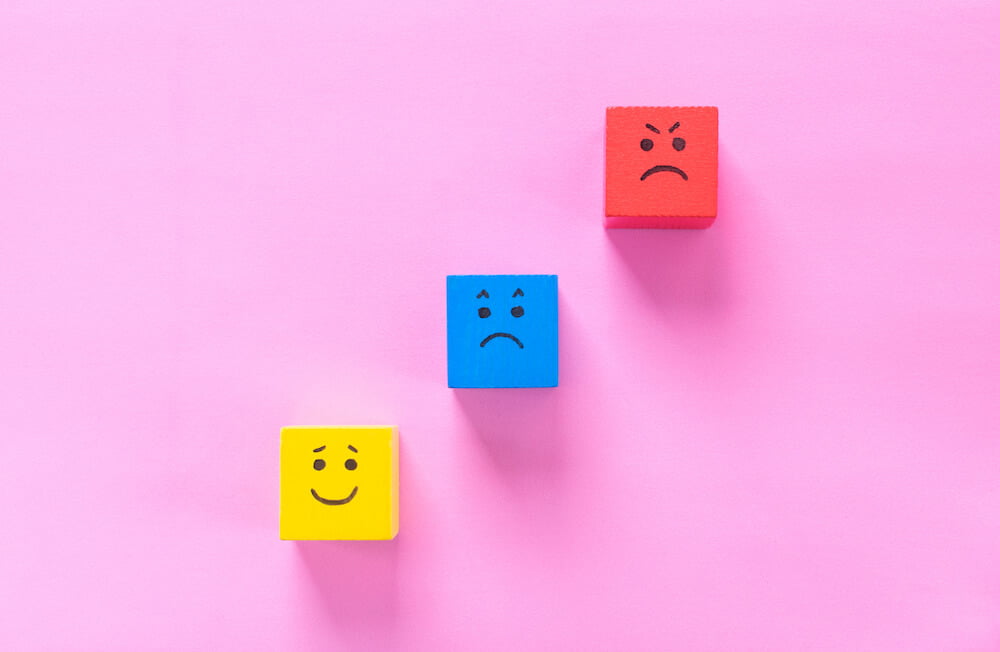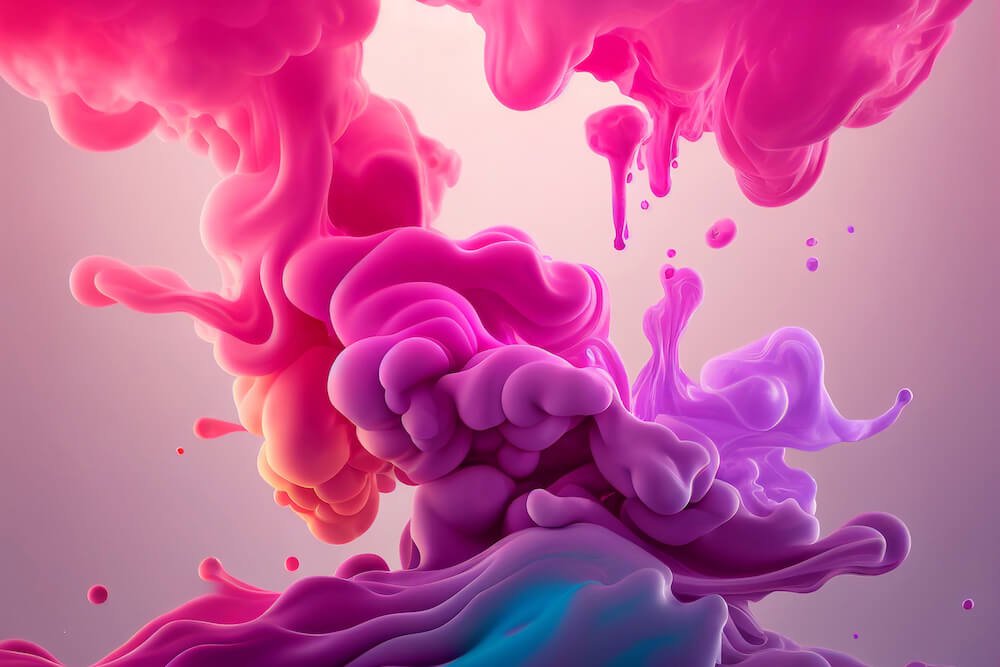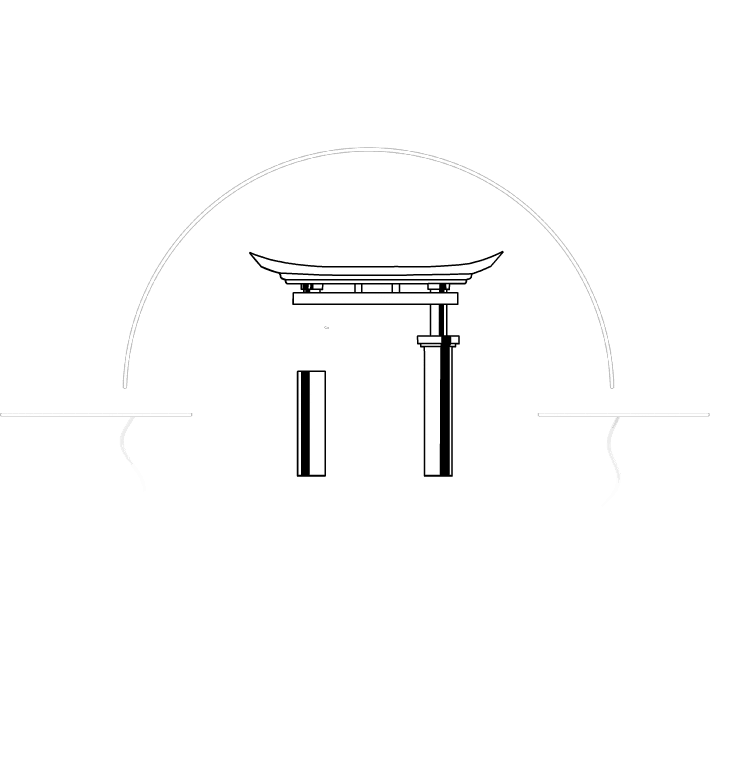In the world of visual storytelling, motion graphics, ranging from intricate 3D animations to sleek 2D designs, serve as much more than eye-catching displays; they convey powerful narratives in mere moments. However, to create compelling motion graphics that truly captivate viewers in Singapore, it’s essential to understand the underlying psychological principles that drive human attention and emotion. Discover how elements like colour, movement, and rhythm enhance resonance and amplify the impact of your animated visuals.
The intricate web of memory and visual elements
At its core, one of the most fundamental aims of motion graphic design is to be memorable. But what makes a visual stick? Scientifically, our brains are hardwired to retain visual stimuli more effectively than textual information, especially when these visuals stir emotions.
Think about the iconic advertisements you remember; their indelible mark can often be credited to impactful 2D and 3D motion graphic designs that capture attention and cement their brand firmly within the consumer’s memory. This lasting impact fosters brand recognition, cultivating trust and loyalty.
Colours: the silent communicators

One crucial aspect of visual appeal in motion graphics is colours. Beyond aesthetics, colours act as emotion-laden storytellers, shaping viewers’ experiences and influencing perception and response. For instance, blue often exudes a sense of trust and calm, making it a popular choice for corporate videos. In contrast, red, with its vibrancy, is seen as a call to attention, often used in promotions or alerts.
By strategically harnessing the emotional undertones of colours, motion graphics can emotionally resonate with viewers, enhancing both engagement and message retention. For instance, in our collaboration with Lux, we incorporated tropical-inspired colours and warm, sunny hues to bring the ultimate bathtime fantasy to life.
Playing with time and space
Apart from the vital role of colours, navigating the dynamic world of motion graphics involves a mastery of two other elements: time and space. The way a story unfolds in time, whether through a kinetic 2D motion design or an immersive 3D motion graphics animation, directly influences the viewer’s emotional response and engagement level.
Timing in motion: setting the emotional pace
Firstly, the temporal aspect of motion graphics carries immense weight. Slow transitions often immerse the viewer, creating an atmosphere of introspection or solemnity. On the other hand, brisk transitions infuse the narrative with energy and urgency, setting a pulse that can captivate audiences. Check out Genesis Motion Design’s collaboration with Mediacorp for their documentary, ‘Algorithms’, where we employed deliberate, evocative transitions set against an intense soundtrack. This technique was used for a futuristic portrayal of our digital realm, all while building a palpable sense of suspense.
The spatial dance: guiding the viewer’s gaze
Apart from time, the spatial arrangement within motion graphics becomes a storytelling tool in its own right. How graphics traverse, appear, or interact in a given space can lead the viewer’s gaze, building anticipation or emphasising key points.
By manipulating the spatial relationships between elements, designers can construct a visual hierarchy, ensuring viewers extract the intended message in the desired sequence. Take, for instance, our collaboration with AIA on their ‘Get Boring’ retirement campaign. Using bold typography, we presented an intriguing paradox by introducing the merits of ‘boring’, urging viewers to think ahead and invest in their futures.
Crafting 2D and 3D Motion Graphics that resonate

Ultimately, understanding how the brain interprets visuals, the emotional nuances of colours, and the influential role of pacing can mean the difference between a forgettable piece and a memorable advertisement. And in today’s saturated digital landscape, where viewers are inundated with content, leveraging these psychological insights can set your content apart. Want to learn more about effective motion graphic design? Check out our five tips for successful animation content creation.
Discover the power of motion graphics with Genesis Motion Design
In the constantly shifting marketing landscape, the challenge is not just to be seen, but to be remembered. In this aspect, motion graphic design is the catalyst that can elevate your brand from the crowd.
At the forefront of this evolution is Genesis Motion Design. As an innovative 2D and 3D animation studio in Singapore, we merge the latest trends with deep-rooted psychological insights to craft visuals that linger. Our narratives are tailored to captivate, resonate, and leave an indelible mark.
Keen to take your marketing campaigns to the next level? Get started with our guide on 2D and 3D animation, and reach out to us for expert motion graphics services. If you’re interested in our past works, check out our company’s portfolio to browse our latest collaborations.

Benjamin Ang, the Creative Director of Genesis Motion Design, has more than 10 years of experience in motion graphics, design, and animation, Benjamin embarked on his own journey in 2015 with the birth of Genesis Motion Design, a studio focused on brand-driven storytelling.


